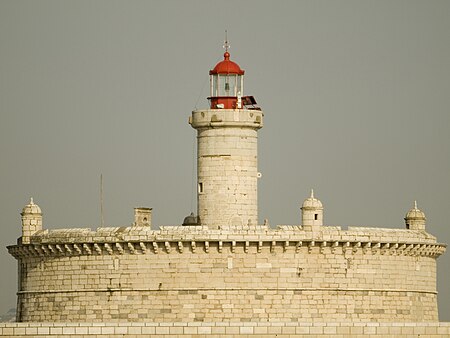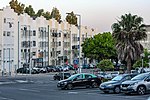Bugio Lighthouse
Lighthouses in Portugal

The Bugio Lighthouse is situated on an island in the estuary of the River Tagus on the Fort of São Lourenço do Bugio, about ten kilometres west of Lisbon. It falls under the municipality of Oeiras in Lisbon District.
Excerpt from the Wikipedia article Bugio Lighthouse (License: CC BY-SA 3.0, Authors, Images).Bugio Lighthouse
Avenida Marginal, Oeiras e São Julião da Barra, Paço de Arcos e Caxias
Geographical coordinates (GPS) Address Nearby Places Show on map
Geographical coordinates (GPS)
| Latitude | Longitude |
|---|---|
| N 38.660277777778 ° | E -9.2988888888889 ° |
Address
Forte de São Lourenço (Forte de São Lourenço da Cabeça Seca;Torre do Bugio; Forte do Bugio;Forte de São Lourenço do Bugio;Torre da Cabeça Seca;Torre de São Lourenço;Torre de São Lourenço da Barra;Torre de São Lourenço da Cabeça Seca)
Avenida Marginal
2780-343 Oeiras e São Julião da Barra, Paço de Arcos e Caxias
Portugal
Open on Google Maps










